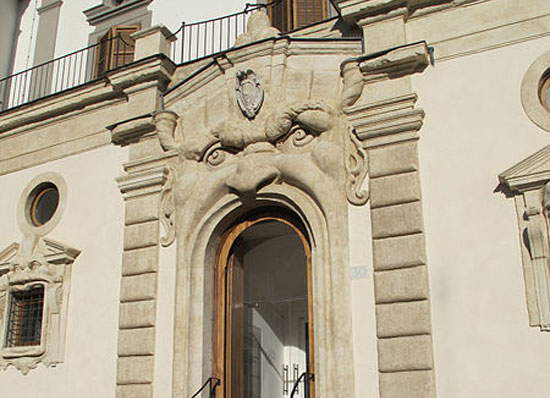Millions of images of artworks soon available on the web?
The news, which appeared last month (on April 2, to be exact) in an article published in The Art Newspaper(and available to the Italian public in the May issue of Il Giornale dell’Arte), is really tasty and interesting: more than 30 million images of paintings, drawings and sculptures will be put on the web, and searchable on a single website, if a group of institutions, museums, photo archives and libraries find an agreement to kick off this huge digitization project that could constitute a “revolution” for art history.
The word “revolution” was used by Inge Reist, director of the Center for the History of Collecting at the Frick Collection, which is one of the fourteen institutions involved in the project. Four are U.S. (the aforementioned Frick Collection, the Getty Research Institute in Los Angeles, the National Gallery of Art in Washington, DC, and the Yale Center for British Art in New Haven), three English (the Paul Mellon Centre, the Warburg Institute, and the Courtauld Institute of Art) a German one (the Bildarchiv Foto Marburg), a French one (the Institute National d’Histoire de l’Art), a Dutch one (the Rijksbureau voor Kunsthistorische Documetatie) and no less than four Italians (the Biblioteca Hertziana, the Fondazione Federico Zeri, the Kunsthistorisches Institut in Florence and the Villa I Tatti in Florence).
Imagine what it would mean to have an archive of this magnitude available: It would mean greatly expanding the possibilities of accessing material that can now be viewed by going in person to the above institutions, or at most by making a request; it would mean making it much easier to do research and dissemination; it would mean equipping teachers and students with additional tools for studying art history, it would mean putting more subjects in a position to disseminate more and better art history, and possibly it would mean providing enthusiasts with images of works of art that may not have been found on the Web until now, assuming, of course, that consultation of the archives will not be reserved for researchers only. No information has yet been leaked on this aspect of the project, with Chris Stolwijk, director of the Rijksbureau voor Kunsthistorische Documetatie, merely letting The Art Newspaper know that “it is essential to start the digitization, otherwise we will only be working for a small group of researchers.” Similarly, it has not yet been decided whether consultation of the material will be free or for a fee.
 |
| Palazzetto Zuccari in Rome, home of the Hertziana Library. Photo by Francesco Bini released under a Creative Commons license. |
The idea of bringing together 14 institutes with a view to a collaboration to “unite the various archives and make them compatible in the systems” goes back a few years, as the director of the Fondazione Zeri, Anna Ottani Cavina, made known in an interview that appeared on April 28, 2014 in L’Indro: the name chosen for the consortium of institutes is International Digital Photo Archive Consortium, and it has already been started in an experimental phase, with very limited results for the moment. And the consortium’s most ambitious goal will be precisely to digitize 31.5 million documents belonging to the various institutes.
The biggest hurdle will be finding the funds, but still Christian Stolwijk lets it be known that, at least the institute he heads, will be able to digitize its documents within a year, once the necessary sums are found to get the project off the ground. We will be closely following the steps leading up to the start of the project, hoping that it will become a reality.... !
Warning: the translation into English of the original Italian article was created using automatic tools. We undertake to review all articles, but we do not guarantee the total absence of inaccuracies in the translation due to the program. You can find the original by clicking on the ITA button. If you find any mistake,please contact us.





























